Sociology of Family: Essential Concepts for Reading Comprehension
The sociology of family examines how family structures, roles, and relationships shape and are shaped by societal norms, values, and changes. From the rise of diverse family arrangements to evolving attitudes toward marriage and parenting, family systems reflect broader cultural and economic trends. RC passages on this topic often explore the intersection of tradition, modernity, and individual choice. Understanding these concepts enables readers to critically analyze the dynamic and evolving nature of family in society.
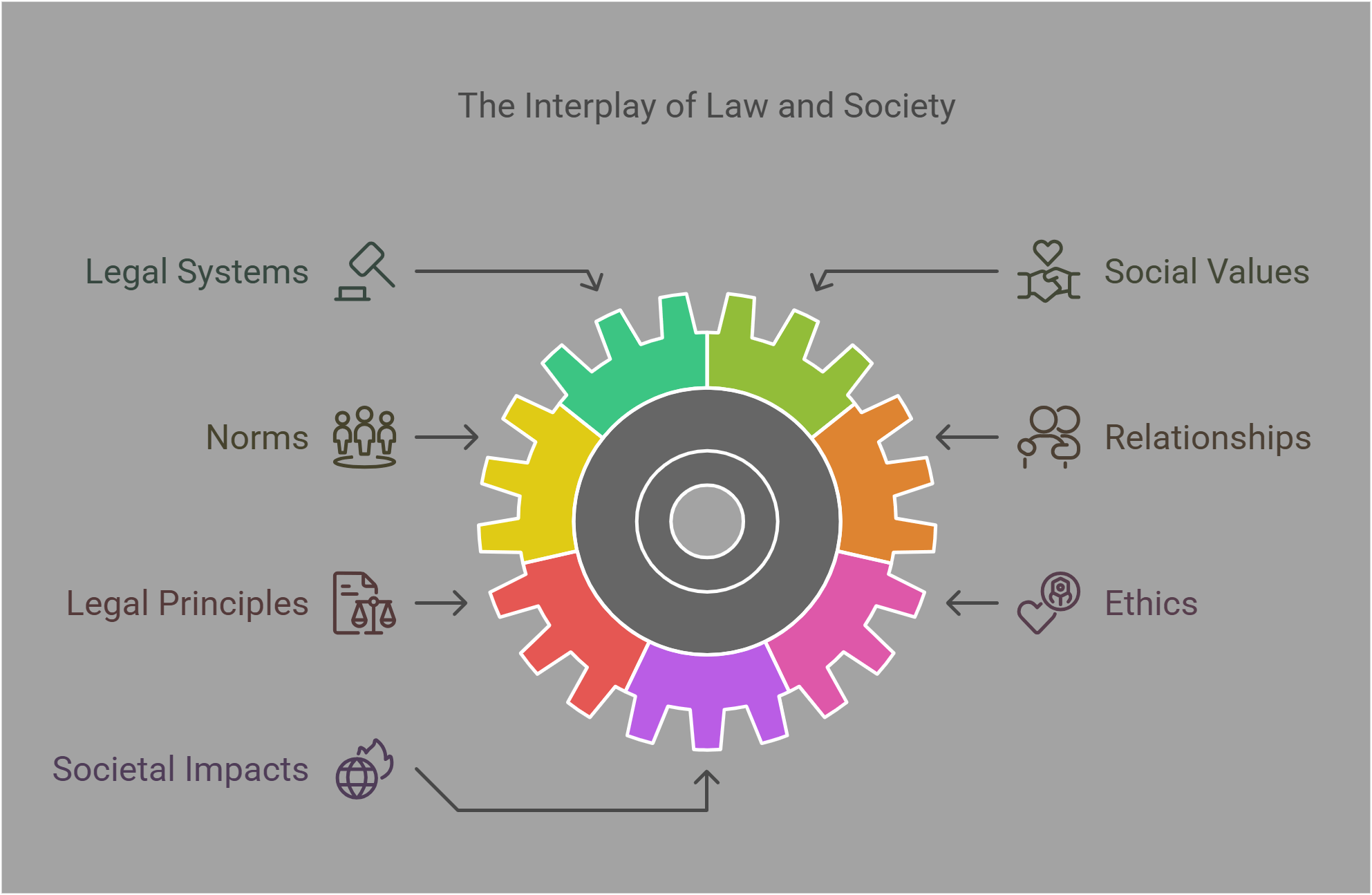
📋 Key Concepts
This guide explores the following essential concepts in the sociology of family:
- Nuclear vs. Extended Families
- Patriarchy
- Family Dynamics
- Parenting Styles
- Divorce Trends
- Marriage Equality
- Childfree Movement
- Adoption and Surrogacy
- Family Roles
- Generational Gaps
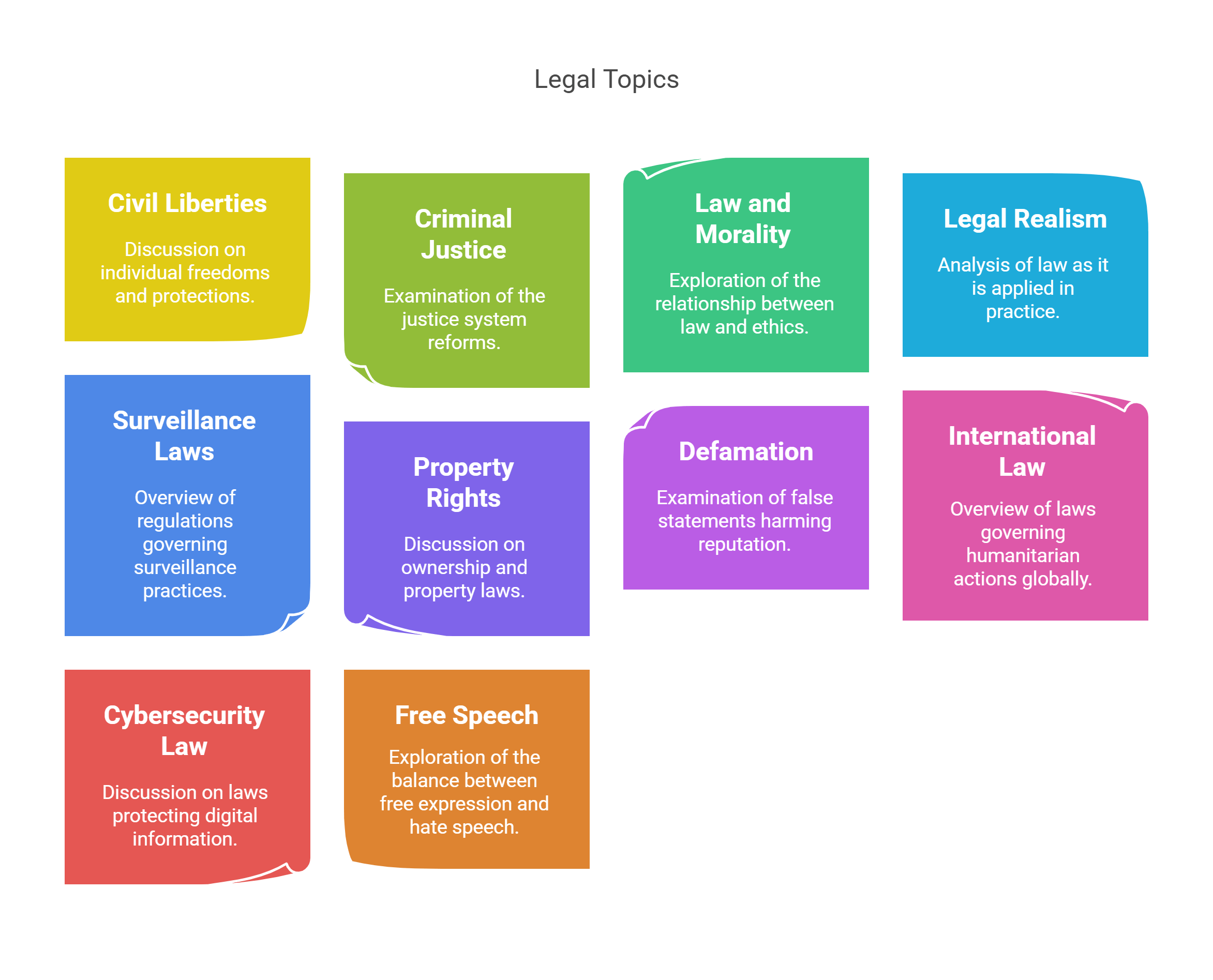
🔍 Detailed Explanations
1. Nuclear vs. Extended Families
Nuclear Family: A family unit consisting of parents and their dependent children.
- Common in industrialized and urbanized societies.
- Emphasizes individualism and mobility.
Extended Family: Includes multiple generations or relatives living together or maintaining close relationships.
- More prevalent in agrarian or collectivist societies.
- Provides economic and emotional support but may impose traditional roles.
Impact of Urbanization:
- Migration to cities often leads to the breakdown of extended families and a rise in nuclear households.
- Financial pressures and housing constraints influence family structures.
Example: In rural India, extended families are common, while in the U.S., nuclear families dominate.
Explained Simply: The nuclear family is like a smaller, self-contained unit, while the extended family is like a broader support network under one roof.
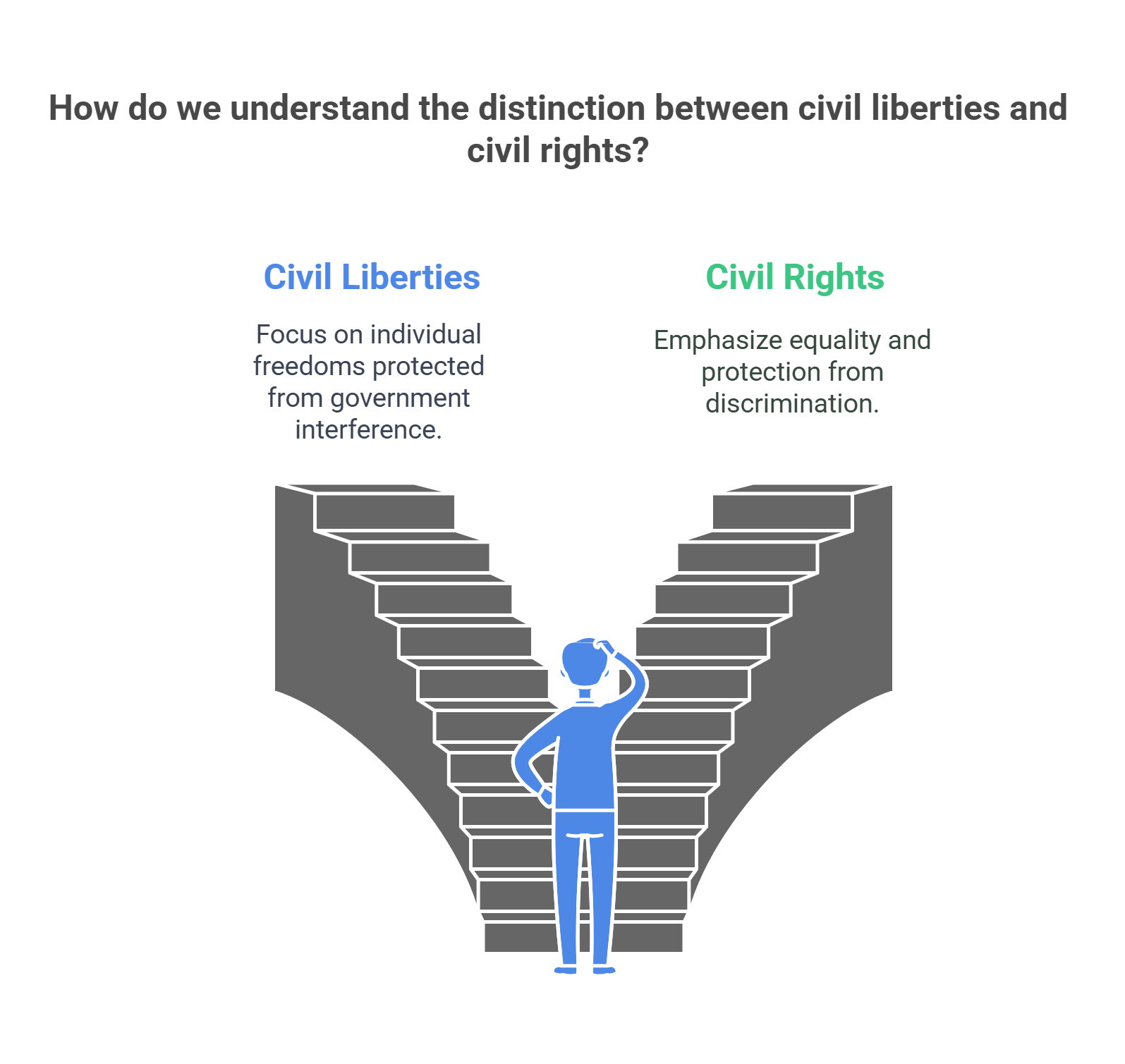
2. Patriarchy
Patriarchy refers to a social system where men hold primary power and dominate in roles of political leadership, moral authority, and family decision-making.
- Key Features in Families:
- Male dominance in economic and social decisions.
- Gender-based division of labor (e.g., women as caregivers, men as providers).
- Impact on Society:
- Reinforces gender inequality and traditional roles.
- Faces challenges from feminist movements advocating for egalitarian families.
Example: In patriarchal societies, inheritance and family leadership often pass through male lines.
Explained Simply: Patriarchy is like a family tree where the branches of power grow primarily toward one gender.
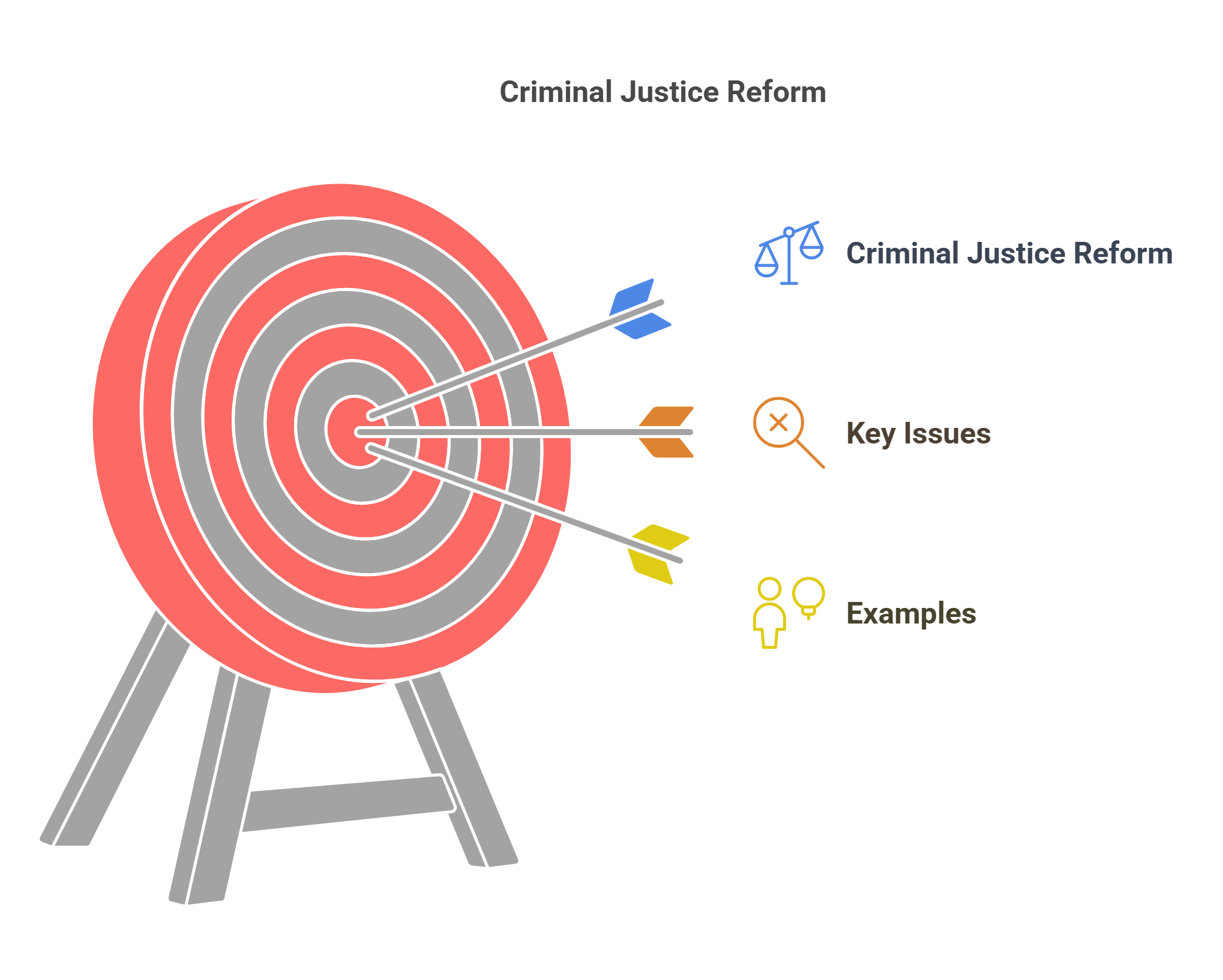
3. Family Dynamics
Family dynamics explore the interactions, roles, and relationships within families, shaped by communication, cultural norms, and external pressures.
- Key Factors Influencing Dynamics:
- Economic changes, such as job loss, affecting family cohesion.
- Cultural expectations, such as filial piety in collectivist societies.
- Interpersonal issues, including sibling rivalry or marital conflict.
- Applications:
- Healthy dynamics promote emotional support and stability.
- Dysfunctional dynamics can lead to conflict, abuse, or estrangement.
Example: Open communication in families often fosters trust, while unresolved conflicts may lead to estrangement.
Explained Simply: Family dynamics are like the gears of a clock—when they mesh well, everything runs smoothly; when they don’t, time stops.
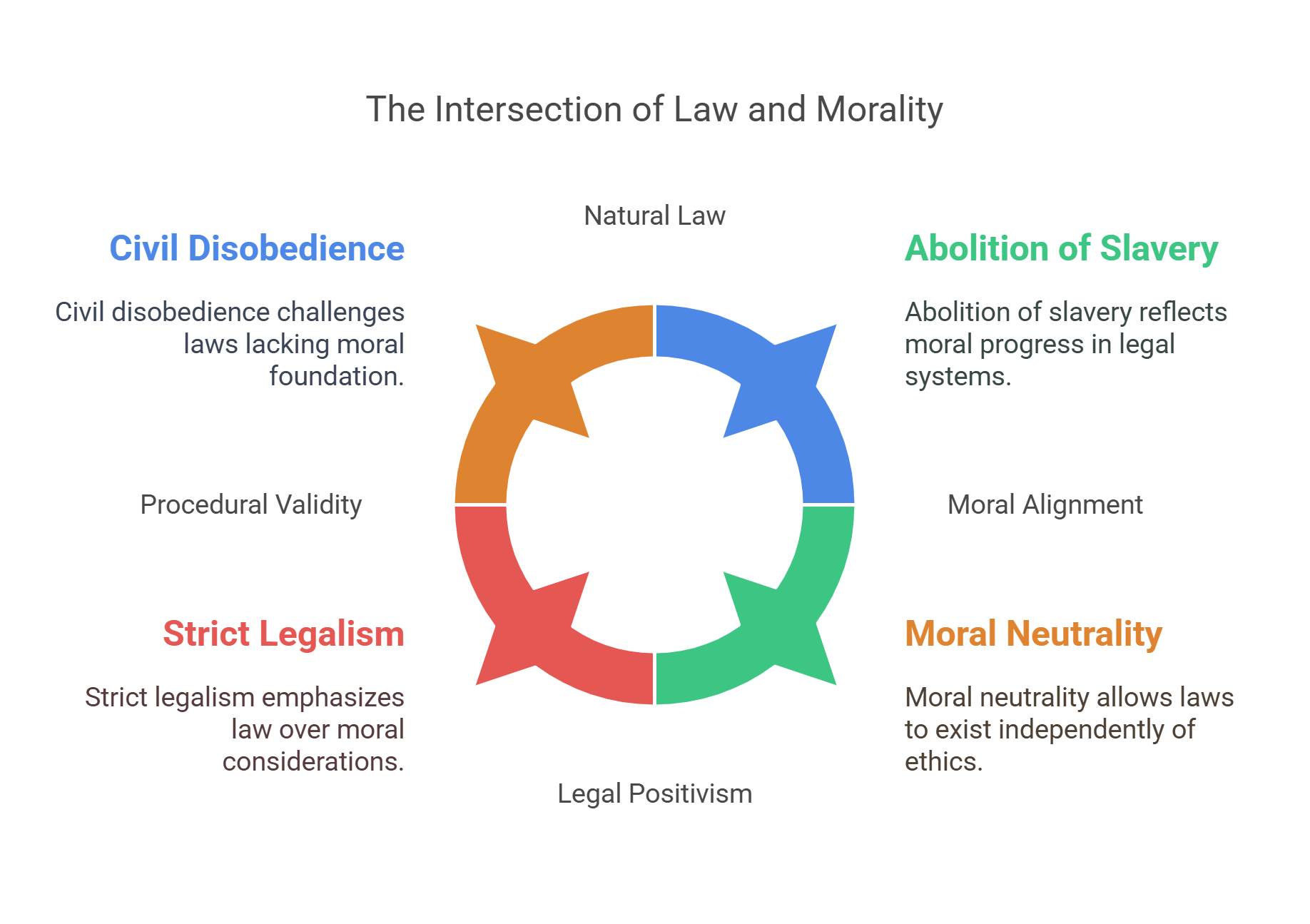
4. Parenting Styles
Parenting styles refer to the approaches parents use to raise their children, significantly influencing their development and behavior.
- Four Major Styles (Diana Baumrind’s Model):
- Authoritative: High responsiveness and high expectations, promoting independence and discipline.
- Authoritarian: Low responsiveness and high expectations, emphasizing obedience.
- Permissive: High responsiveness and low expectations, allowing freedom with few rules.
- Neglectful: Low responsiveness and low expectations, leading to minimal involvement.
- Impact on Children:
- Authoritative parenting is associated with positive outcomes like high self-esteem.
- Authoritarian parenting may lead to rebellion or low self-confidence.
Example: Children raised in authoritative households often excel academically and socially.
Explained Simply: Parenting styles are like different roadmaps guiding how parents nurture their children’s growth.
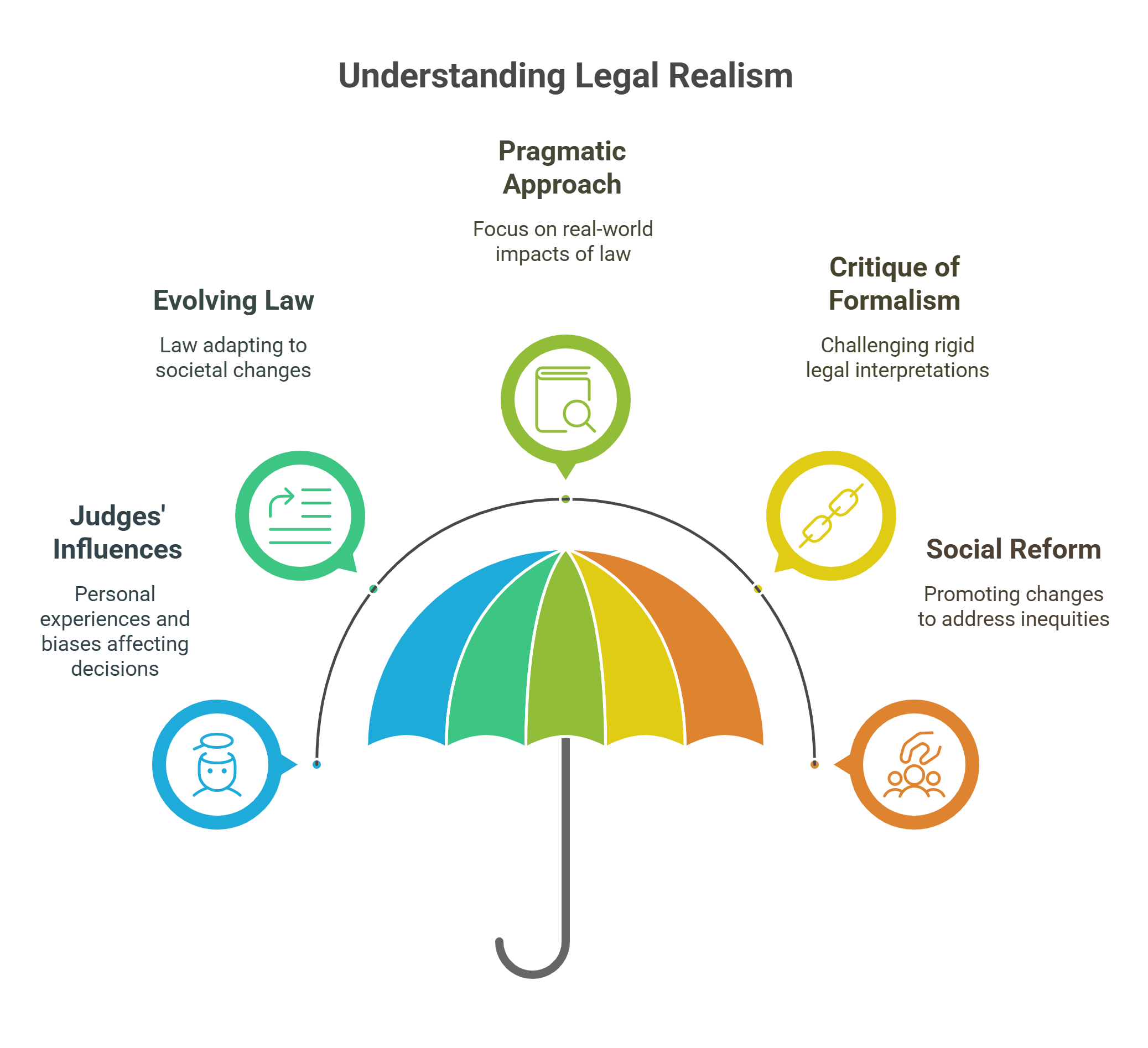
5. Divorce Trends
Divorce rates reflect changing attitudes toward marriage, gender roles, and individual autonomy, often influenced by cultural and legal factors.
- Key Trends:
- Rising divorce rates in the 20th century due to increased female independence and no-fault divorce laws.
- Declining rates in some countries due to shifting marital priorities and cohabitation.
- Impact on Families:
- Short-Term Effects: Emotional distress for children and financial instability.
- Long-Term Effects: Adjustments in parenting roles and family dynamics.
Example: Scandinavian countries have higher divorce rates but robust welfare systems to support single-parent households.
Explained Simply: Divorce trends are like weather changes, reflecting societal shifts and creating ripple effects in families.
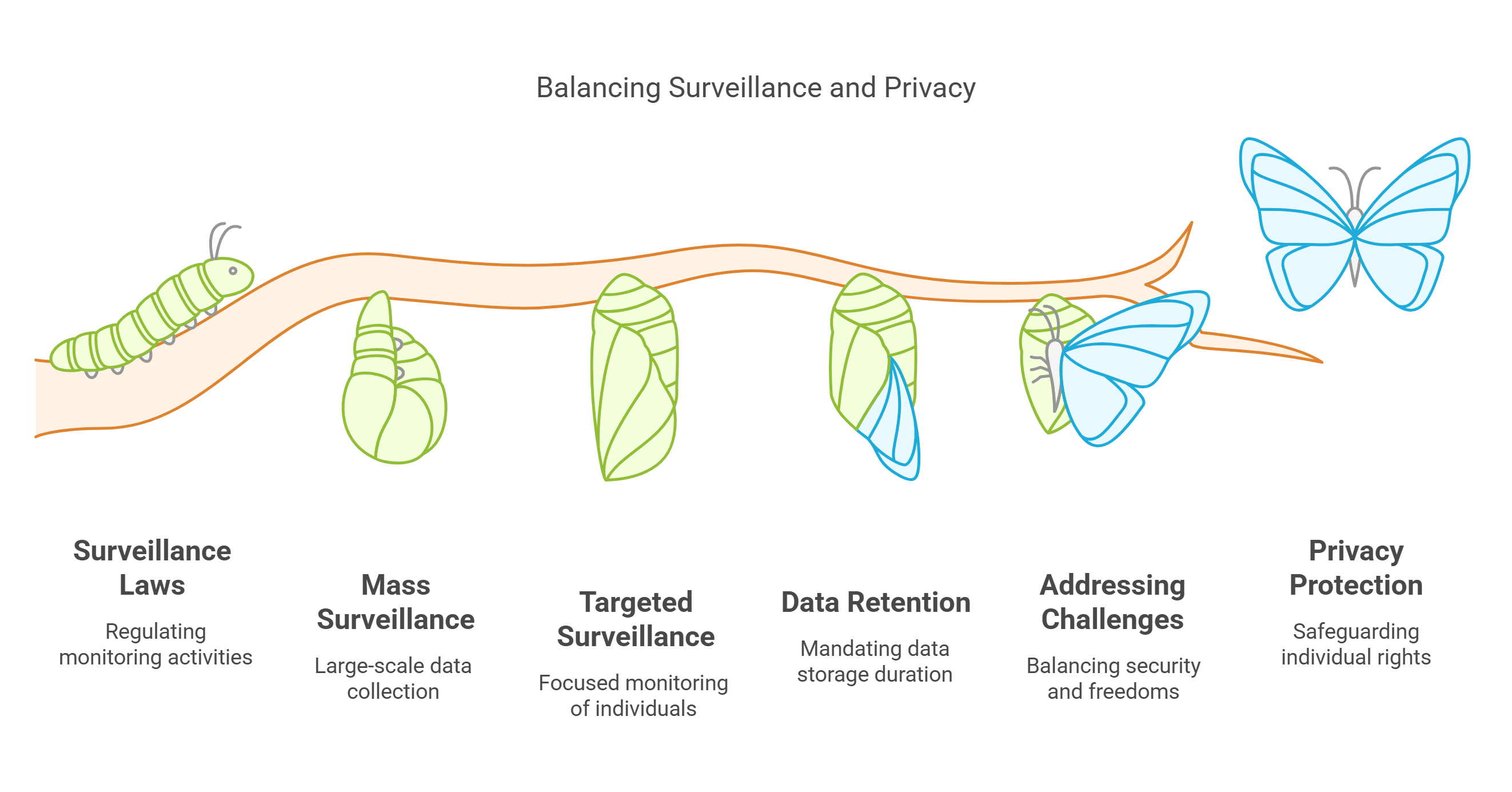
6. Marriage Equality
Marriage equality refers to the legal recognition of same-sex marriages, granting LGBTQ+ couples the same rights and responsibilities as heterosexual couples. This movement is rooted in the broader struggle for civil rights and social acceptance.
- Key Developments:
- Legal Milestones:
- Netherlands (2001): First country to legalize same-sex marriage.
- United States (2015): Supreme Court ruling in Obergefell v. Hodges legalized same-sex marriage nationwide.
- Social Impact: Promotes inclusivity and challenges traditional definitions of family.
- Legal Milestones:
- Challenges:
- Ongoing opposition in many countries where cultural or religious beliefs dominate.
- Lack of recognition for same-sex marriages in global legal systems.
Example: As of 2023, over 30 countries have legalized same-sex marriage, including Canada, South Africa, and Argentina.
Explained Simply: Marriage equality is like opening the gates of recognition to all couples, regardless of gender.
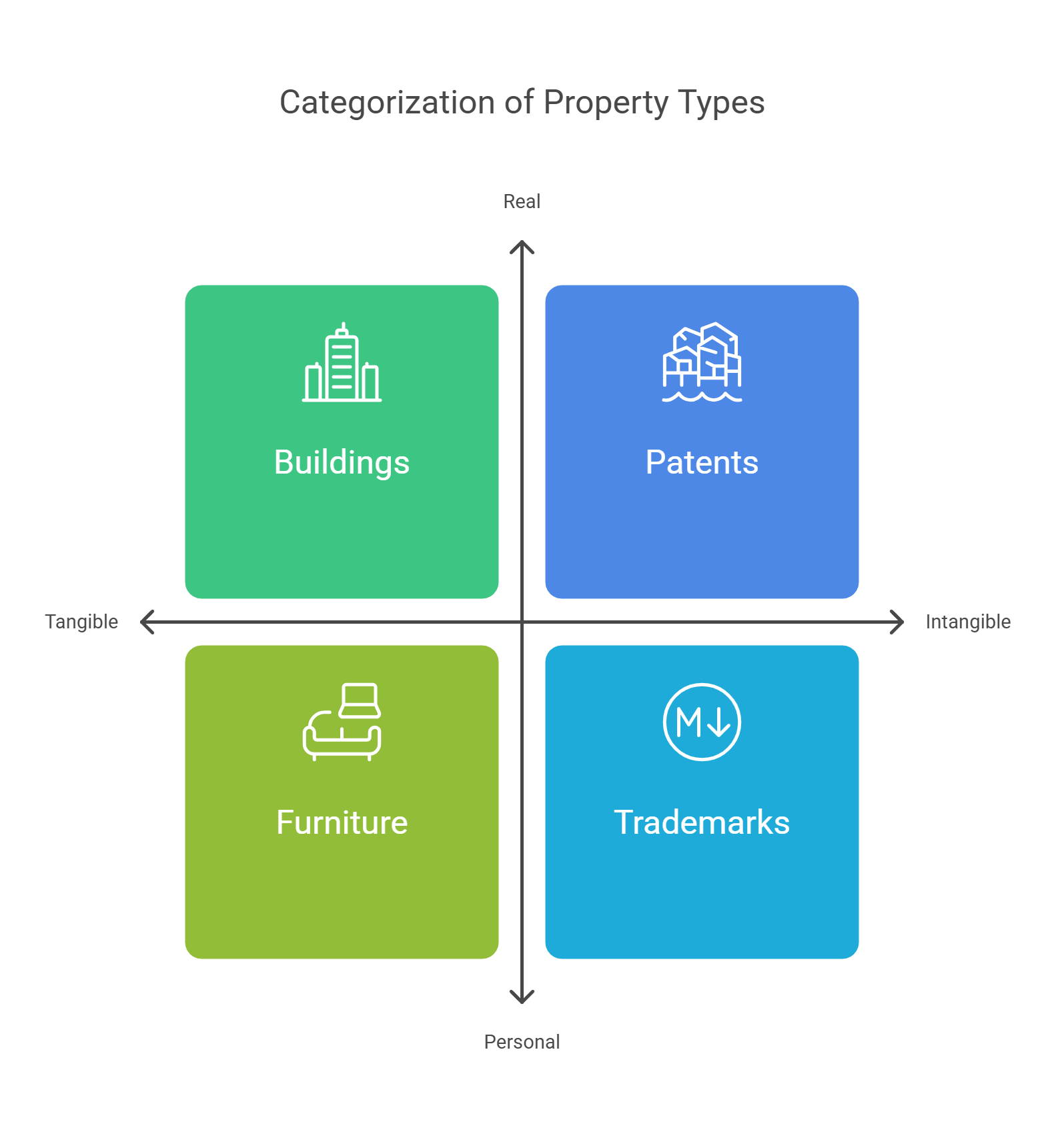
7. Childfree Movement
The childfree movement consists of individuals or couples who consciously choose not to have children, challenging traditional expectations of family and parenthood.
- Key Motivations:
- Economic: Avoiding the high costs of raising children.
- Environmental: Concerns about overpopulation and ecological sustainability.
- Personal Fulfillment: Prioritizing careers, relationships, or freedom over parenting.
- Impact on Society:
- Redefines societal norms about success, family, and adulthood.
- Sparks debates about the role of parenting in individual and collective well-being.
- Challenges:
- Social stigma and pressure, particularly in cultures that value large families.
- Misconceptions equating childfree choices with selfishness.
Example: Public figures like Oprah Winfrey and Chelsea Handler openly discuss their childfree choices, normalizing the movement.
Explained Simply: The childfree movement is like opting out of a traditional script to write your own life story.
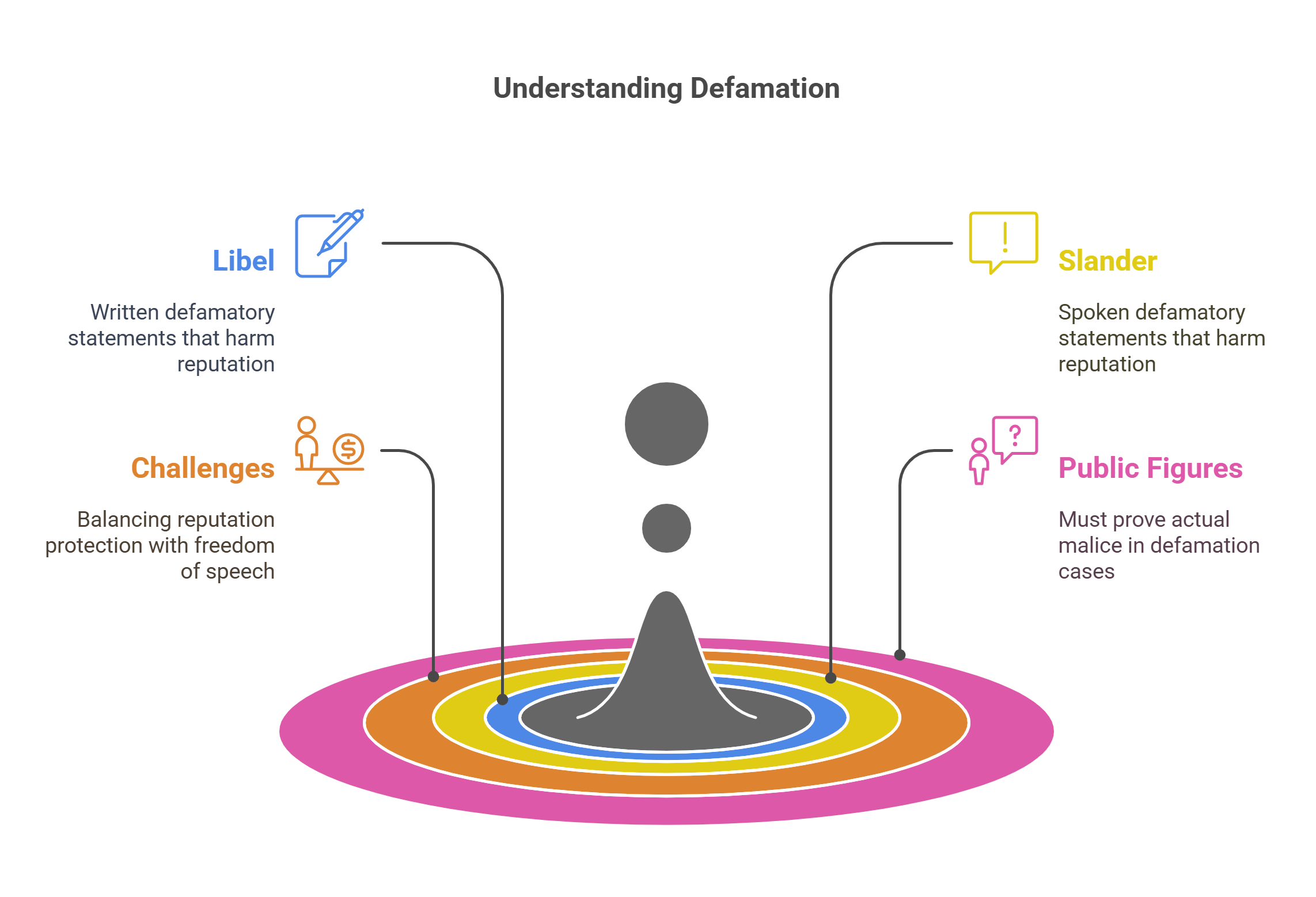
8. Adoption and Surrogacy
Adoption and surrogacy provide alternative paths to parenthood, often bridging biological and social aspects of family building.
- Adoption:
- Types: Domestic, international, and kinship adoption.
- Offers children in need a stable home environment while fulfilling adoptive parents’ desires for a family.
- Surrogacy:
- Gestational Surrogacy: The surrogate carries an embryo with no genetic link to herself.
- Traditional Surrogacy: The surrogate provides her egg and carries the pregnancy.
- Challenges:
- Legal and ethical issues, particularly with international and commercial surrogacy.
- Emotional complexities for all parties involved.
Example: Many celebrities, like Angelina Jolie and Kristen Wiig, have turned to adoption or surrogacy to build their families.
Explained Simply: Adoption and surrogacy are like alternative bridges connecting families, offering hope and new beginnings.
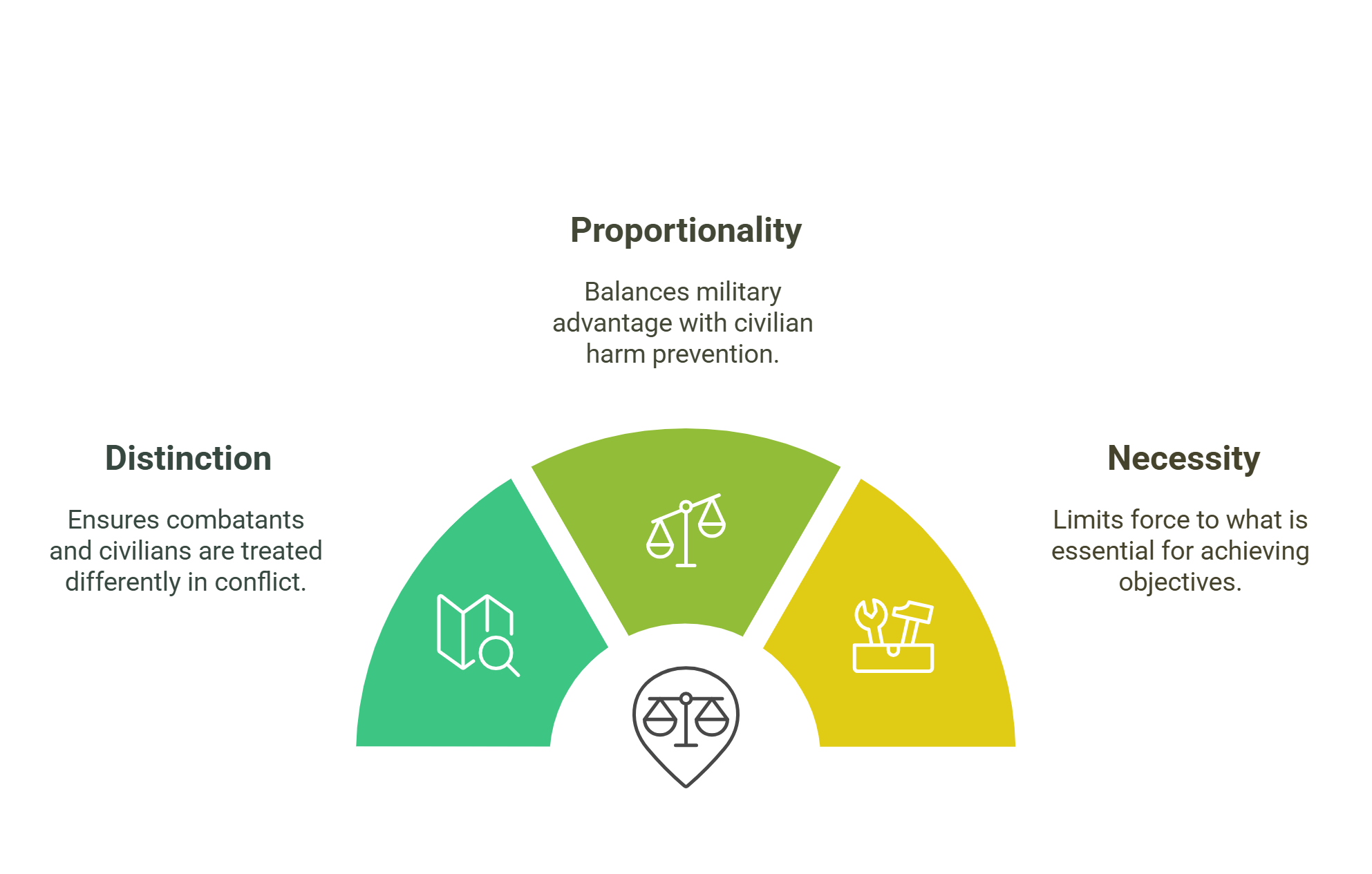
9. Family Roles
Family roles refer to the expected behaviors and responsibilities assigned to individuals within a family based on factors like age, gender, and culture.
- Traditional Roles:
- Provider: Typically fulfilled by the father in patriarchal systems.
- Caregiver: Often the mother’s role in traditional households.
- Elders: Viewed as sources of wisdom and authority in extended families.
- Evolving Roles:
- Gender equality and economic changes are reshaping traditional roles, with dual-income households and stay-at-home fathers becoming more common.
Example: In modern families, grandparents may act as primary caregivers due to economic or social circumstances.
Explained Simply: Family roles are like the parts in a play, constantly adapting to new scripts and actors.
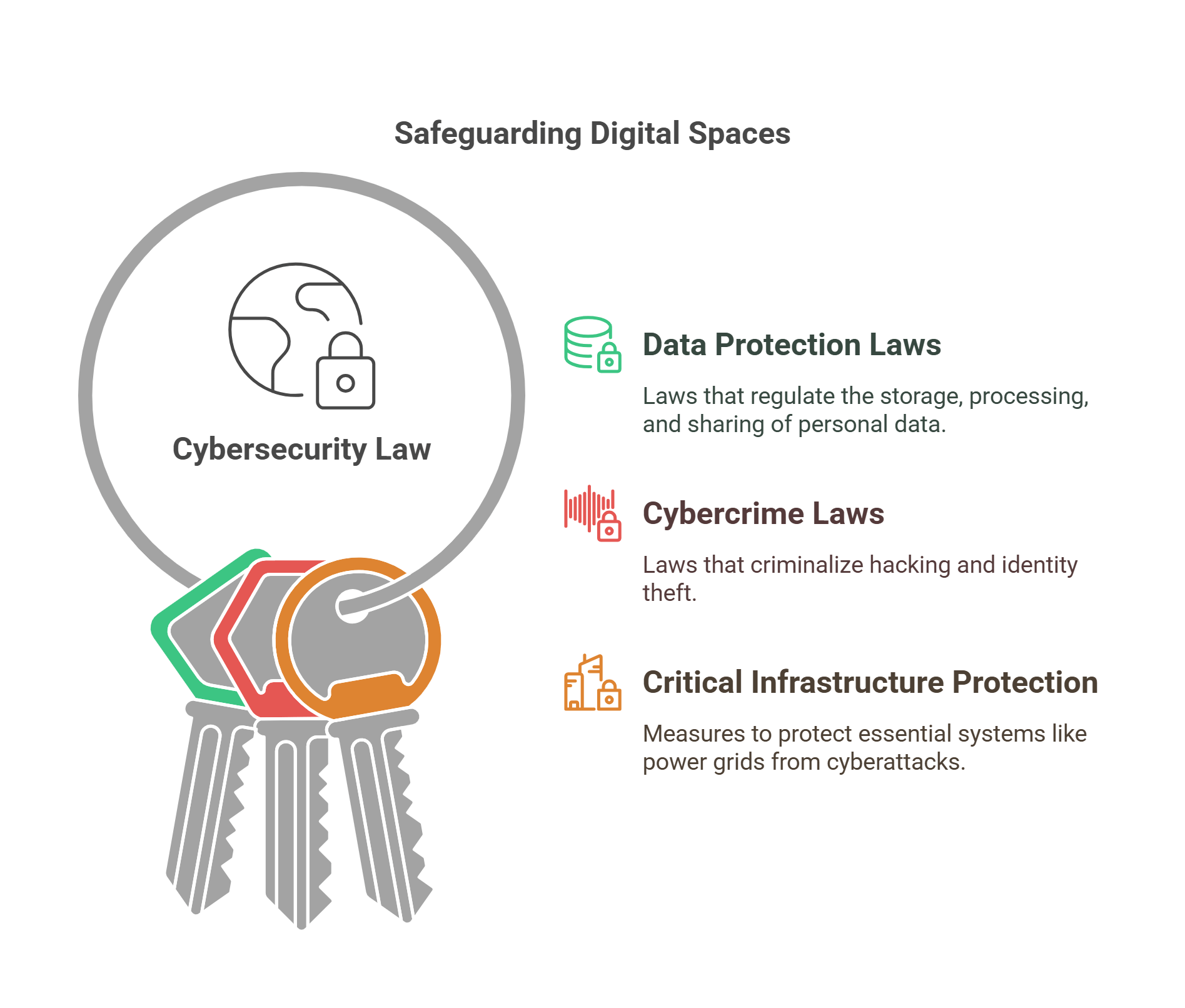
10. Generational Gaps
Generational gaps refer to differences in values, attitudes, and behaviors between age groups, often creating tension or misunderstandings within families.
- Key Drivers:
- Technology: Younger generations adapt quickly to innovations, while older generations may struggle.
- Cultural Shifts: Changing norms around marriage, career, and identity.
- Economic Realities: Differences in wealth accumulation and job markets between generations.
- Impact on Family Dynamics:
- Can lead to intergenerational conflict over traditions, career choices, or lifestyle preferences.
- Also fosters mutual learning, with younger and older generations sharing perspectives.
Example: Disagreements over social media use or career paths often highlight generational gaps within families.
Explained Simply: Generational gaps are like bridges that need constant maintenance to keep family connections strong.
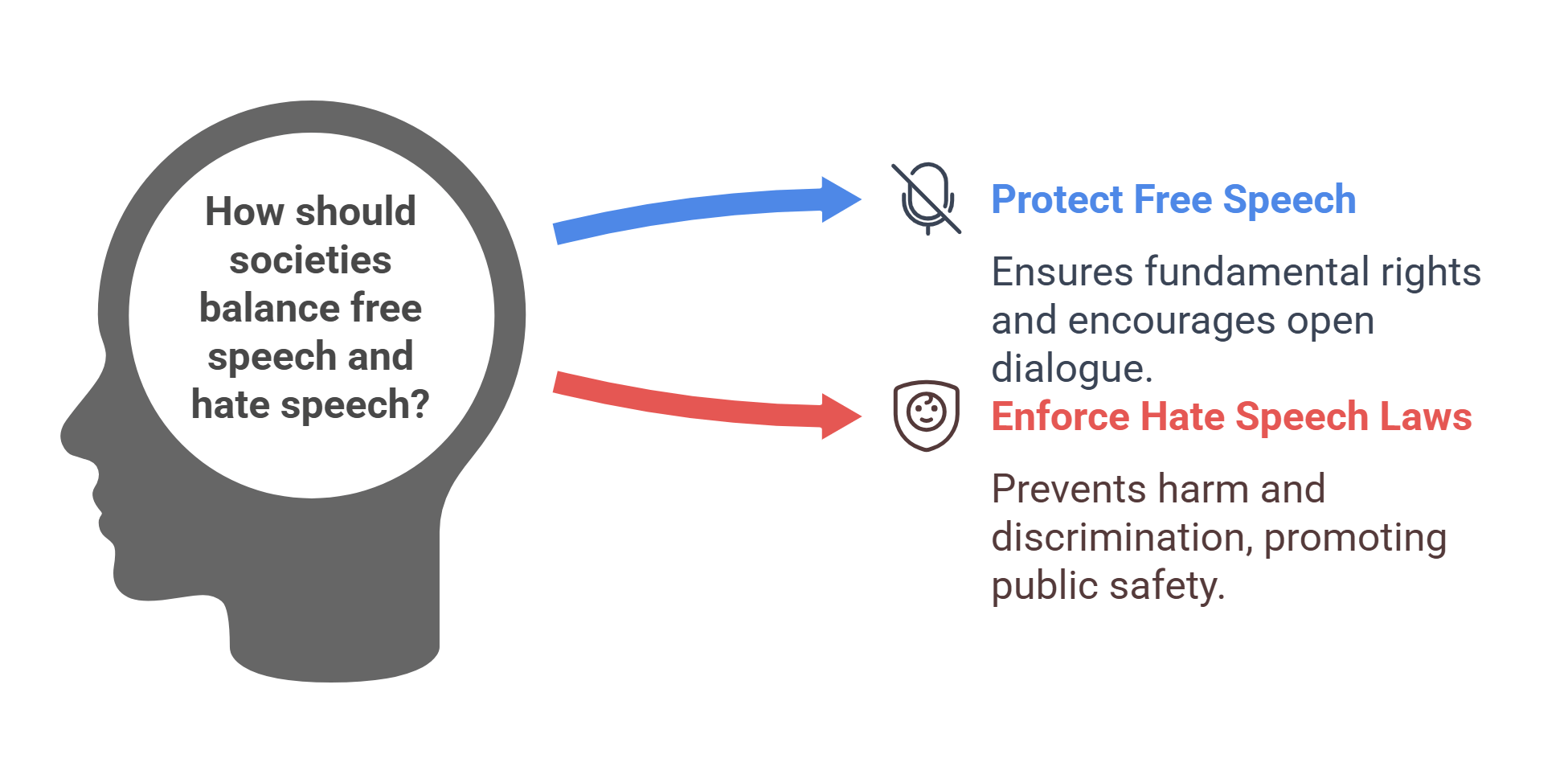
✨ Conclusion: The sociology of family reveals the complex and evolving relationships that define personal and social life. By exploring topics like marriage equality, parenting styles, and generational gaps, readers can critically analyze RC passages and gain a deeper understanding of how families adapt to societal changes and challenges.










